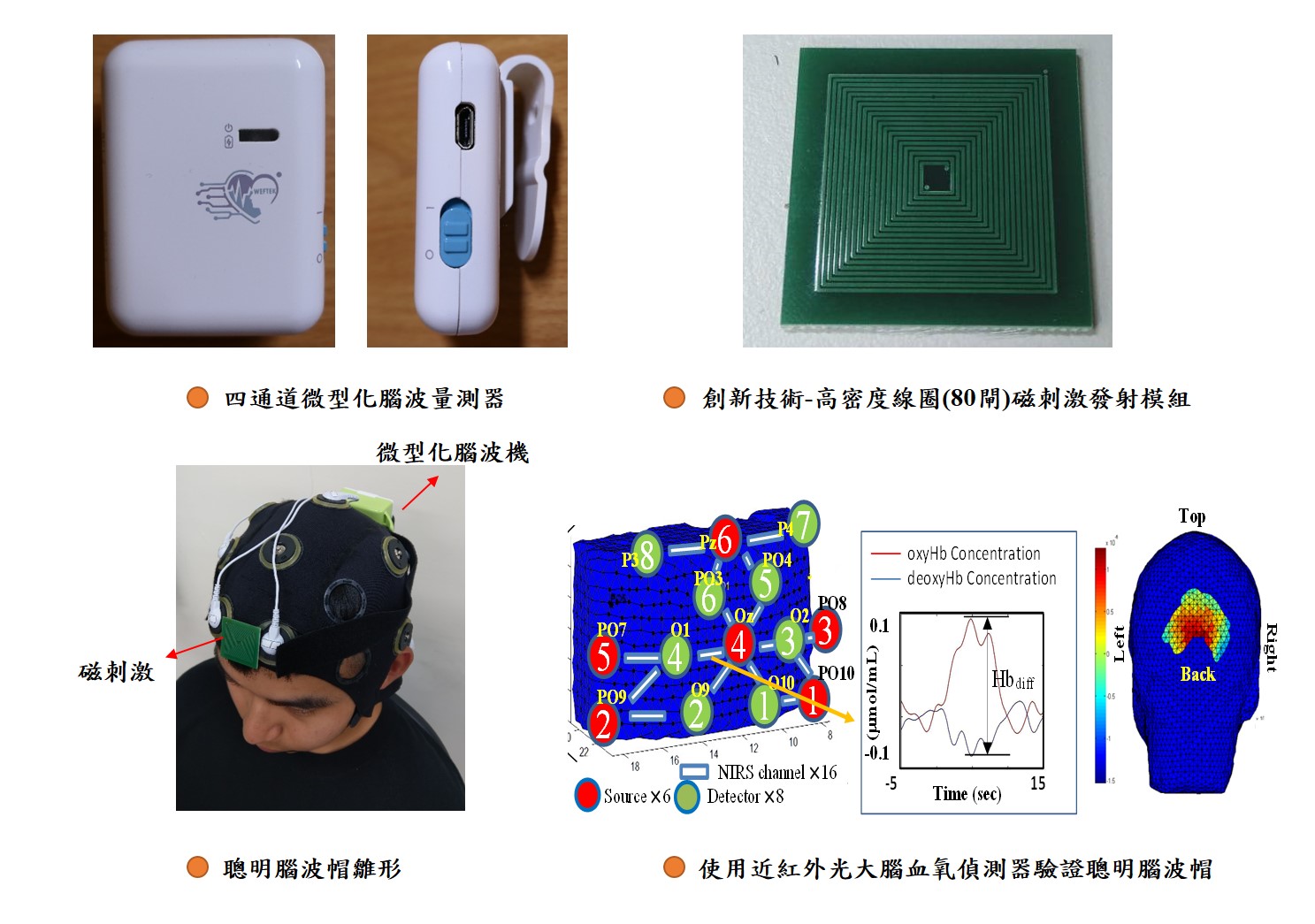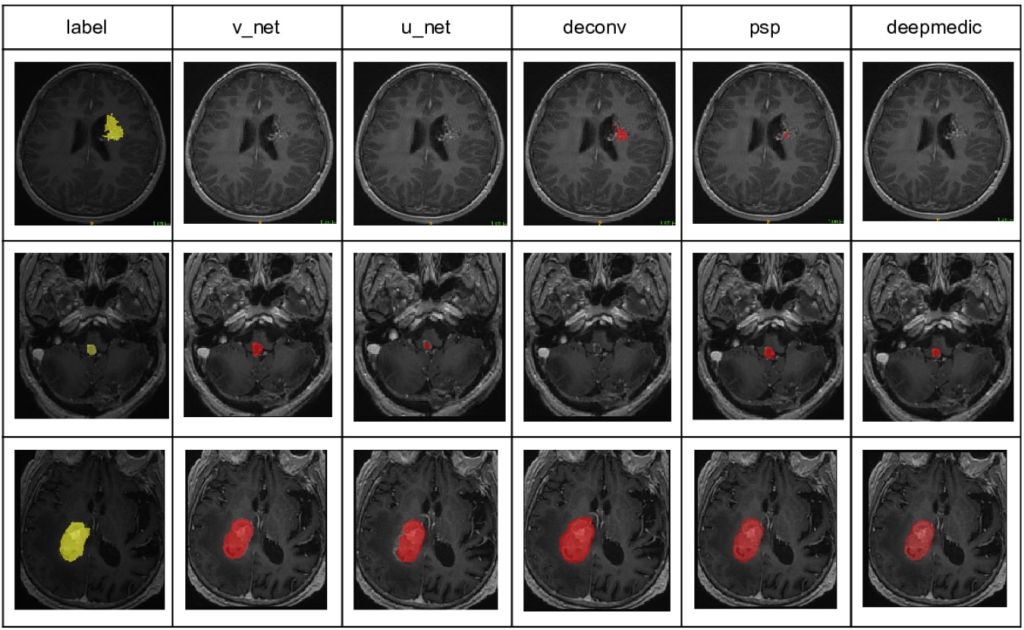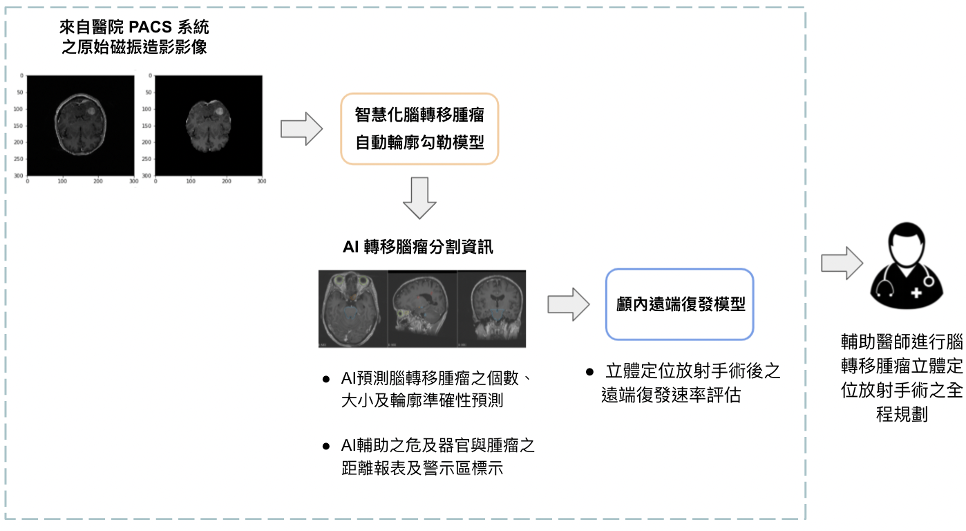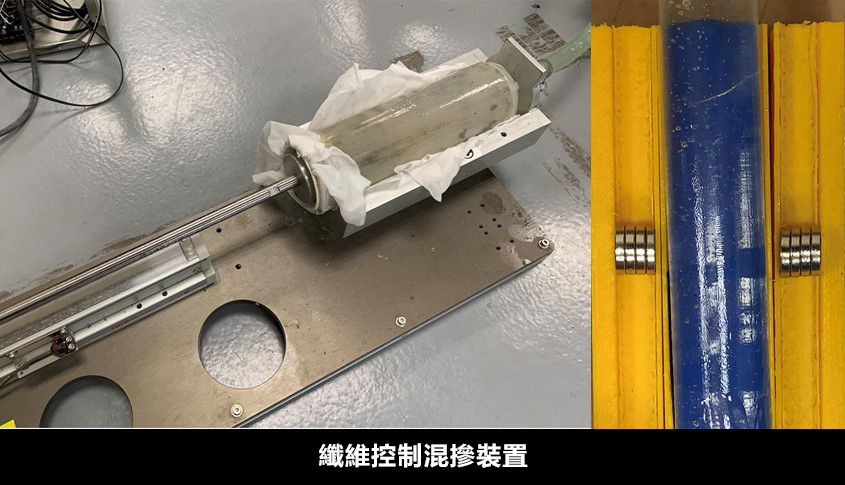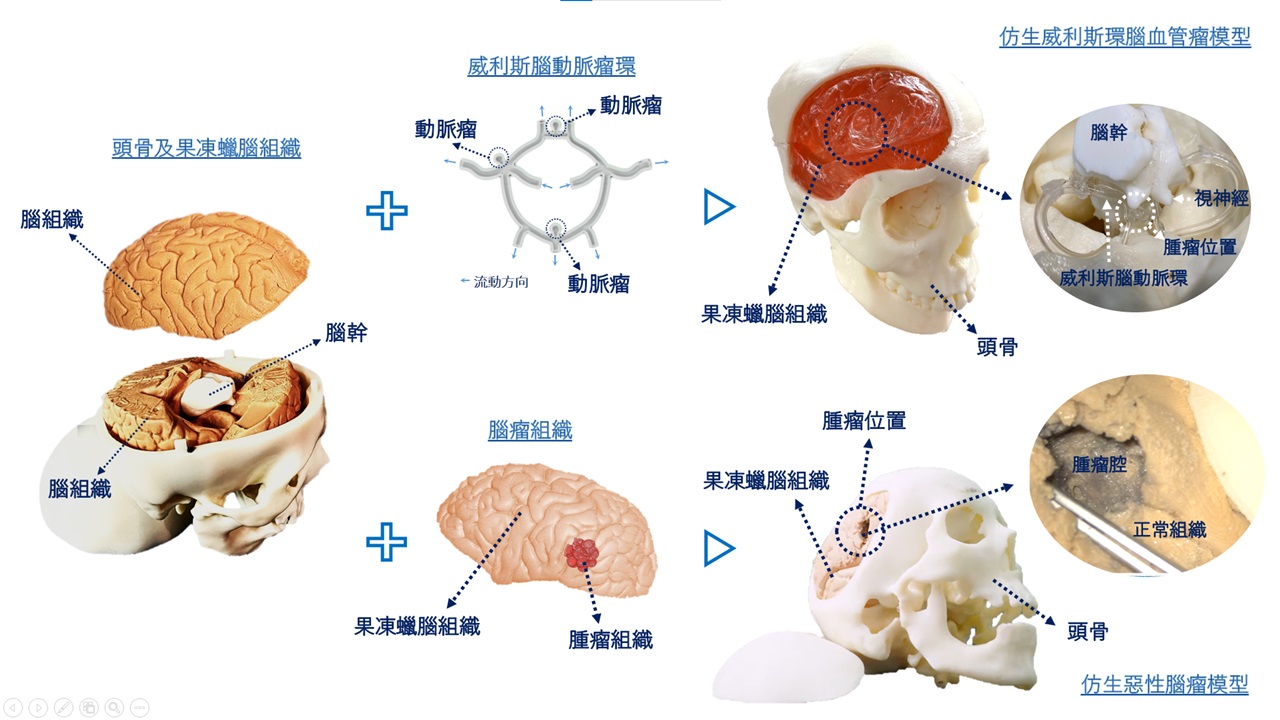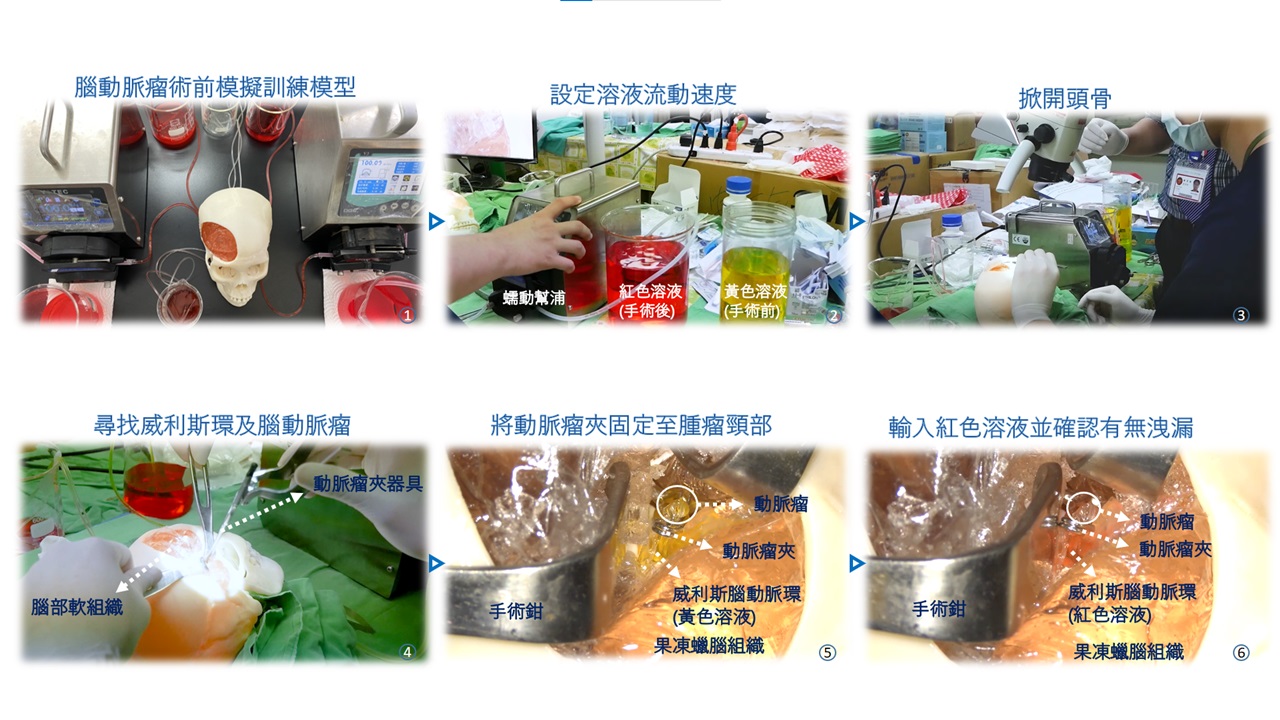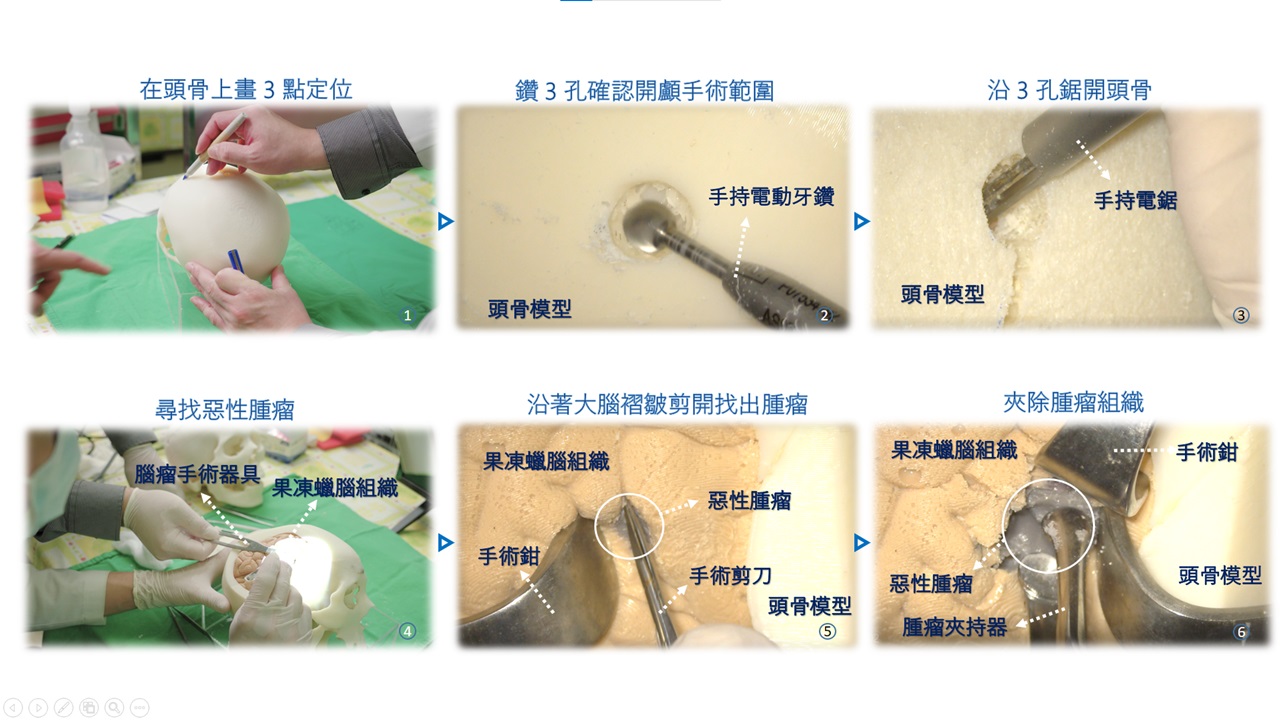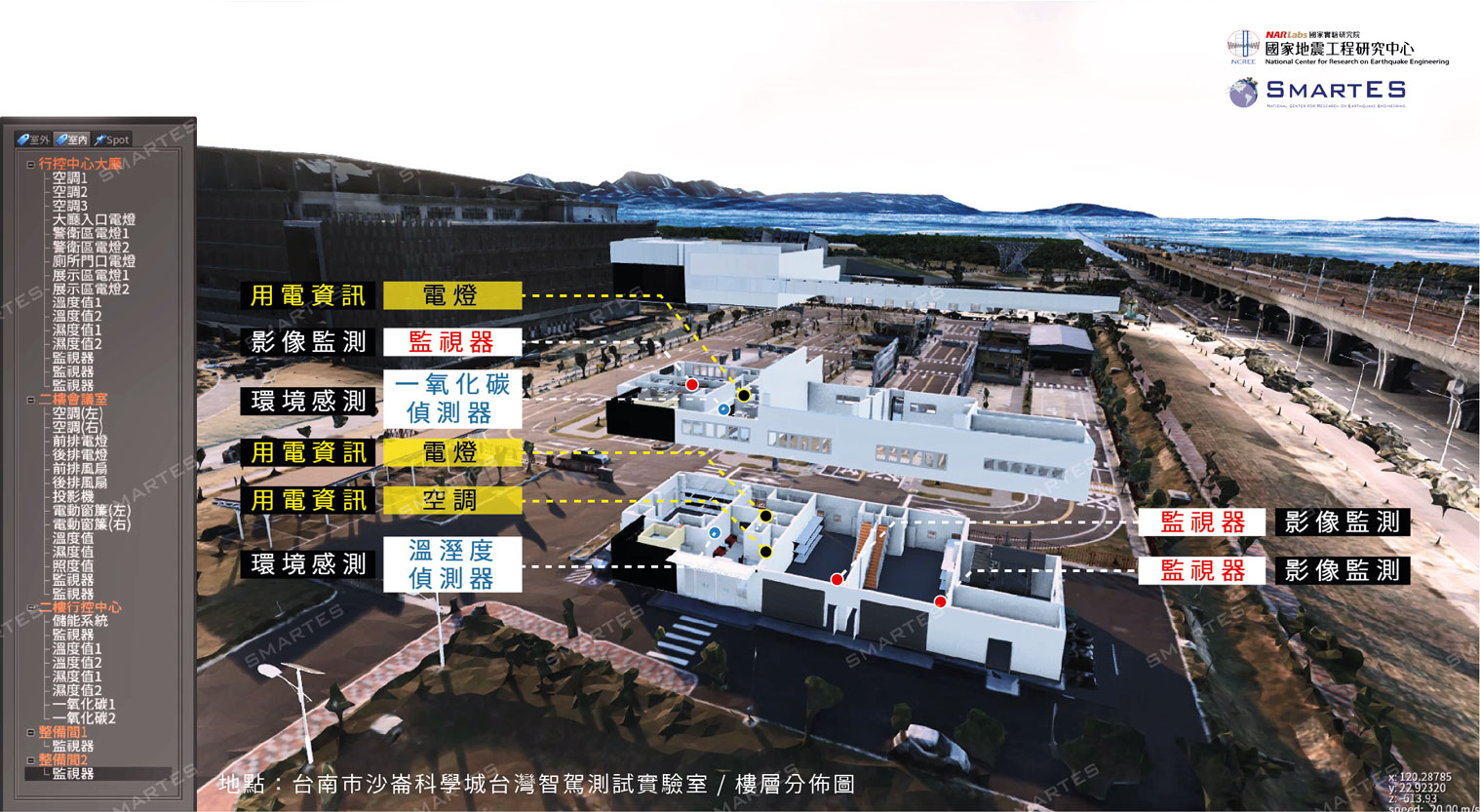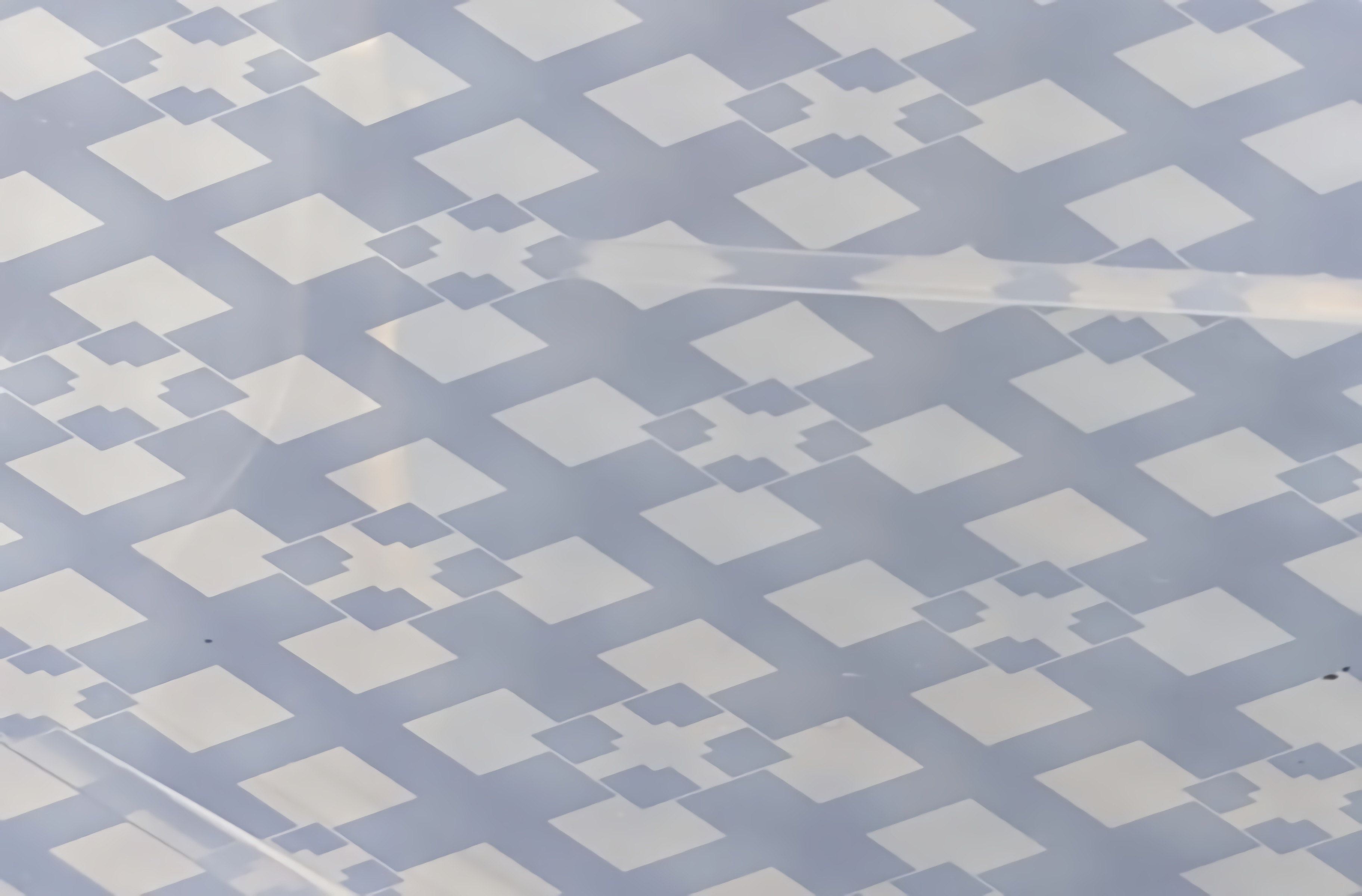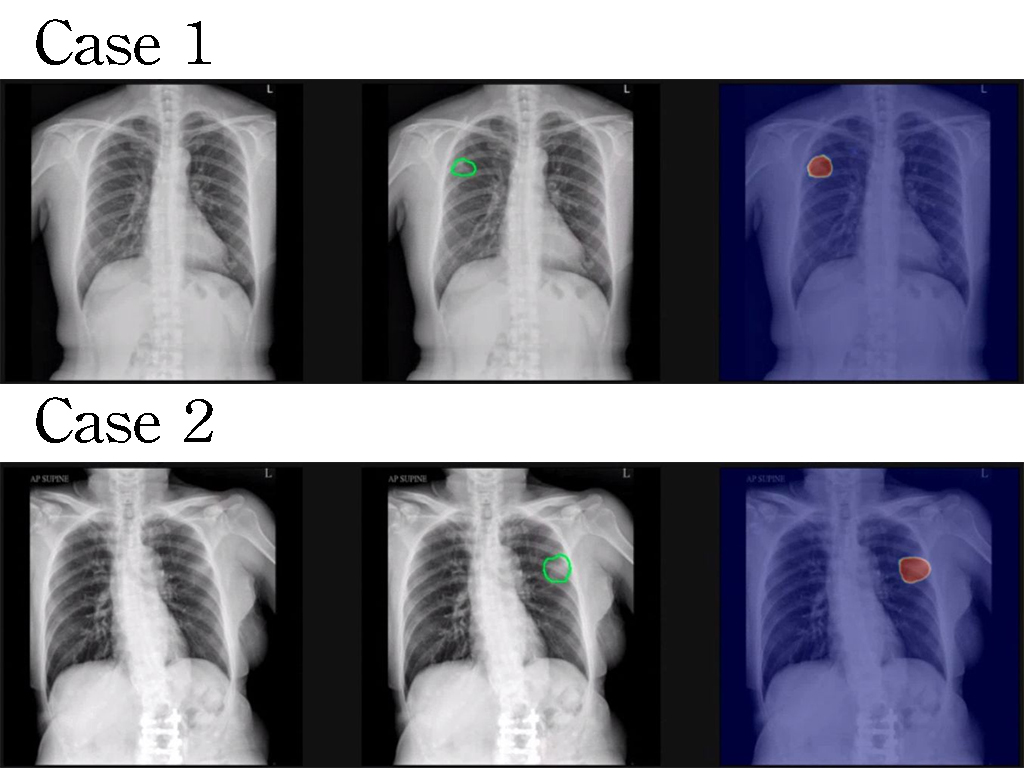| Summary |
To train neurosurgery internsincrease their confidencesurgical skills, we employed 3D printing, mold design,casting technology to develop medical simulators. The simulators allow students to adjust the angle of the head based on the location of the angioma (brain tumor), perform a craniotomy, move the soft tissue of the brain aside using forceps, locate the angioma (brain tumor),clip the angioma (remove the brain tumor) using medical instruments,complete the entire training while artificial blood is flowing through the simulator.
|
| Scientific Breakthrough |
Existing professional medical simulators developed using virtual reality3D printing are not realistic enough for neurosurgery studentstherefore cannot achieve the expected training effects. We therefore employed 3D printing, mold design,casting to create professional simulators with advantages over the current simulators, including: (1) the simulator can be used for students to practice the operation procedure at different locations of the brain (2) this simulator has more realistic feeling (3) the cost of this simulator is less than NTD 20,000,they can be mass-produced.
|
| Industrial Applicability |
Interviews with clinical neurosurgeons revealed a current lack of suitable professional simulators for young neurosurgeon training. Introducing stricter regulations to limit the work hours of healthcare personnelensuring the safety of patients reduced the training opportunities of interns. Our simulator has reached TRL5/TRL6,it has been employed to train neurosurgery students at the National Defense Medical Center. A patent was already obtained for the core technology. The cost of the simulator is under NTD 20,000has an advantage over cadaversvirtual reality simulators.
|

